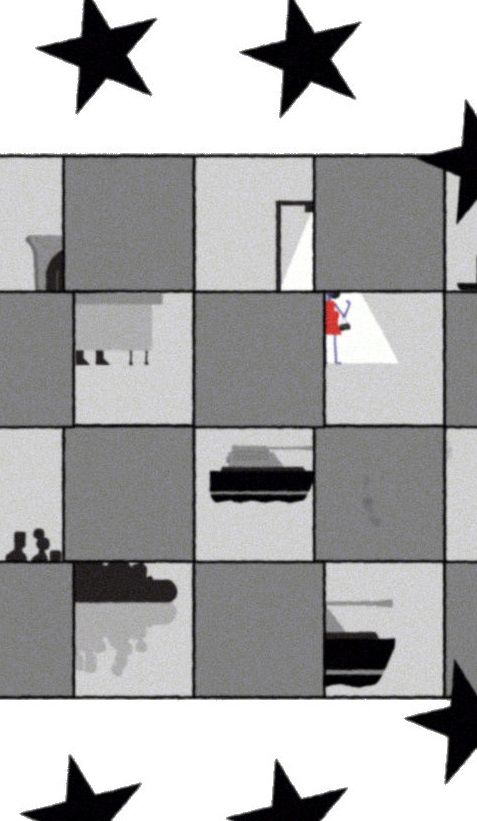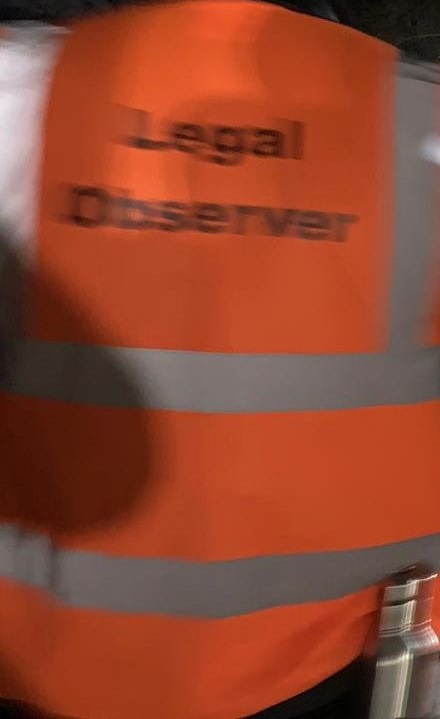EU: Ireland joins the Schengen Information System
Topic
Country/Region
17 March 2021
The Irish authorities are now part of the Schengen Information System's police cooperation aspects, allowing them to enter and search data on a wide variety of persons and objects.
Support our work: become a Friend of Statewatch from as little as £1/€1 per month.

Although Ireland is not part of the Schengen area, it has been granted permission to access alerts in the Schengen Information System (SIS) for the purposes of police cooperation - the same deal that the UK had prior to Brexit.
The categories of alert included in the SIS under the police cooperation rules cover:
- Persons wanted for arrest for surrender or extradition purposes
- Missing persons or persons who need to be prevented from travelling
- Persons sought to assist with a judicial procedure
- Persons and objects for discreet checks, inquiry checks, or specific checks
- Objects for seizure or use as evidence in criminal proceedings
- Unknown wanted persons for the purpose of identification under national law
Discreet checks should be carried out by officials - for example, police officers or border guards - without the knowledge of the person concerned, and should aim to gather "as much information... as possible," without the bounds of what is permitted in the SIS rules.
Specific checks require a search of a person, their property, and/or objects (e.g. vehicles or boats).
Inquiry checks are a new category, added in the latest revision of the rules, and require "an interview of the person, including on the basis of information or specific questions added to the alert by the issuing Member State."
These three types of check are known as 'Article 36 alerts' and can be entered in the SIS "for the purposes of preventing, detecting, investigating or prosecuting criminal offences, executing a criminal sentence and preventing threats to public security."
In practice, this also allows the authorities to include alerts for the purposes of political policing, making it possible for political activists to be searched, questioned, or observed when they come into contact with the authorities.
The text below is a press release from the Irish Department of Justice published on 15 March 2021.
Minister McEntee and Commissioner Harris welcome Ireland’s connection to Schengen Information System (SIS II)
The Minister for Justice, Helen McEntee TD, and Garda Commissioner, Drew Harris, have today welcomed Ireland’s connection to the Schengen Information System (SIS II).
The Schengen Information System is the largest and most widely used IT system for public security in Europe, with 30 countries participating. The system enables law enforcement agencies to share and check data on wanted persons, missing persons, persons who may not have the right to enter or stay in the EU, and objects/vehicles that may have been stolen, misappropriated, or lost.
On 10 December 2020, it was announced that the EU Council had approved Ireland’s connection to SIS II and today it becomes fully operational in Ireland.
Welcoming Ireland’s accession, Minister McEntee said:
"The Schengen Information System is the largest law enforcement database in Europe and Ireland’s connection to it will strengthen law enforcement cooperation and enhance security in Europe.
"An Garda Síochána and my department have been working towards this since 2016. Gardaí have had to build and test the complex IT infrastructure and develop the training needed to complete the connection to SIS II and my department has drafted the enabling legislation and conducted the necessary negotiations with the EU institutions involved.
"I am confident that this will be a game-changer for Gardaí in their fight against cross-border crime."
Ireland is not a member of the Schengen common travel area but takes part in some policing co-operation arrangements which are part of the Schengen Agreement and can now provide and receive data under SIS II. For example, all missing persons, persons in respect of whom an EAW exists, and certain categories of identifiable objects will be subject to a SIS II alert and shared on the SIS II database.
Garda Commissioner Drew Harris said:
"We in An Garda Síochána have been working towards the implementation of the Schengen Information System in Ireland for some time and are pleased to see it come into operation today.
"The benefits that SIS II will bring to policing in Ireland cannot be understated. Having access to the SIS II databases which contain law enforcement data from across 30 EU and associated Schengen countries, gives An Garda Síochána and our law enforcement colleagues across Europe instant access to real time police data and intelligence. Accessing such information means that An Garda Síochána can swiftly deal with issues of serious crime with potential links to other European countries.
"I wish to acknowledge the tremendous amount of work and commitment by all involved in developing this system and particularly want to thank the personnel of An Garda Síochána in the newly established SIRENE Bureau who will be responsible on a round the clock basis for the management of Ireland’s participation in SIS II."
An Garda Síochána has integrated the PULSE and Garda National Immigration Bureau databases with SIS II, and members of An Garda Síochána and staff of the Border Management Unit and Immigration Service (ISD) will have the ability to see SIS data on their workstations.
The new SIRENE Bureau (Supplementary Information Request at the National Entries) within An Garda Síochána will be responsible for the daily management of the SIS system, which will operate on a 24/7 basis to ensure a timely response to alerts.
Notes
SIS II will allow the automated, simultaneous, and immediate exchange of information across all other countries using SIS II. Garda members add data to SIS II in the form of alerts. An alert contains three elements:
- identifying information on the person or object/vehicle sought
- a statement on why the person or object is sought
- the action to be taken when the person or object is found
If the person or object is discovered in another country using SIS II (for example at a border check), a hit will be recorded on SIS II and law enforcement in that country will contact An Garda Síochána to discuss the relevant next steps. In this way, all missing person records and lost or stolen object and vehicle records created by An Garda Síochána will be immediately available to those other countries using SIS II. During 2019 alone, there were 120,000 missing person records shared on SIS II.
Likewise, records in regard to all persons sought for arrest and surrender for extradition across Europe will be automatically checked each time a member of An Garda Síochána conducts a name search on the Garda PULSE system or when a member of the Immigration Service of the Department of Justice conducts a passport scan at a point of entry to Ireland. There were over 40,000 alerts on SIS II for persons wanted for arrest at the end of 2019. Automated and integrated SIS II searches will assist in locating any of these people who may be in this country.
There are currently 30 countries connected to SIS – 26 EU member states and 4 associated Schengen countries (Switzerland, Norway, Lichtenstein, and Iceland).
SIS II replaced the old SIS I with state of the art technology, operating on a network with greatly enhanced levels of encryption and security, and containing many important new functionalities over its predecessor. SIS II allows for an easy exchange of information between national border control authorities, customs and police authorities on persons who may have been involved in a serious crime. It also contains alerts on missing persons, in particular children, as well as information on certain property, such as banknotes, cars, vans, firearms and identity documents that may have been stolen, misappropriated or lost.
SIS II – 2019 Statistics
- 6.6 billion searches by Member States
- 91 million alerts (75% on lost documents)
- 283,000 hits processed
Success stories
Netherlands – Austria - Germany
Two foreign fighters from the Netherlands were detected and checked in Austria thanks to a specific check alert in SIS. After receiving information about the hit from Austria, the Dutch prosecutor issued a European Arrest Warrant for both persons. The two suspects could be arrested quickly in Germany following a check on their vehicle for which a SIS alert was issued as well.
Czech Republic – Germany
During a random check on a car with a German licence plate, a 3-year old girl missing in Germany was found by the Czech Police on a motor way service area whilst being driven in the direction of Prague. When checking the passengers' travel documents in SIS, it transpired that the child was in fact subject to a German Court order restricting her movements to German territory and who was actually being searched for by the German Police. The two adults were declaring to be the grandparents of the child but were not in a position to prove such a relationship. The child was therefore temporarily placed in secure accommodation. Following the communications between the Czech and German Police, she was eventually in the care of the German competent authorities.
Austria – Hungary
A 17-year old Russian citizen was reported missing in Austria. Further to the entry of a missing person alert in SIS, the border guards in Hungary found her in a car heading to Romania with three Romanian citizens. The Hungarian authorities placed her under protection and arrested the abductors.
Image: Atilla Németh, CC BY-NC 2.0
Our work is only possible with your support.
Become a Friend of Statewatch from as little as £1/€1 per month.
Spotted an error? If you've spotted a problem with this page, just click once to let us know.

